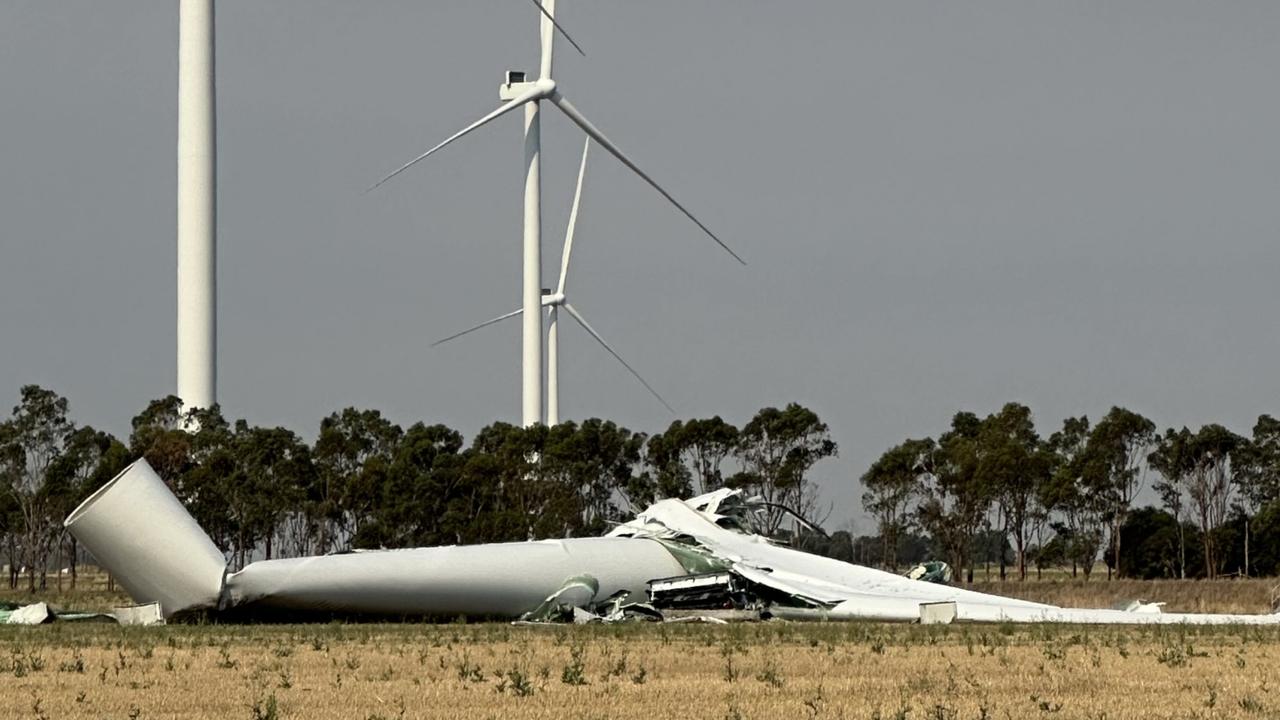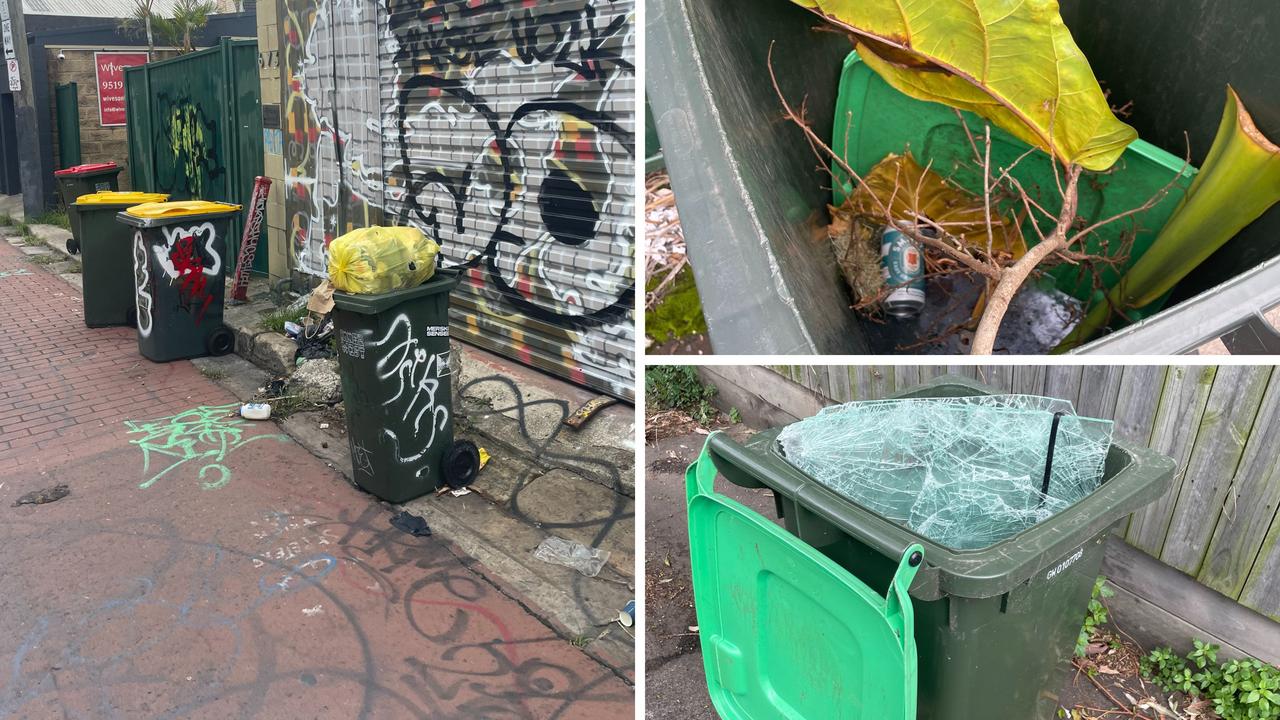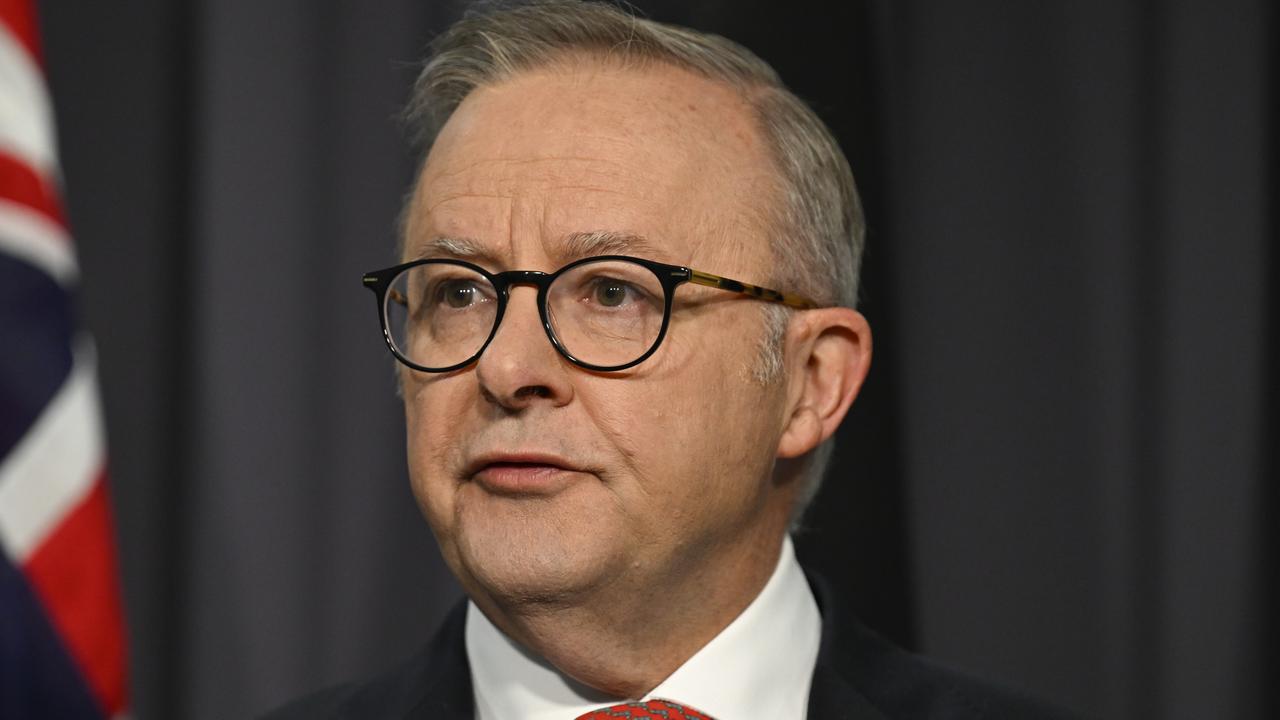Aussies’ love of takeaway during Covid pandemic sparks recycling bin crisis
The pandemic has changed how people live and one habit in particular is causing headaches for how Australia’s bins are managed.
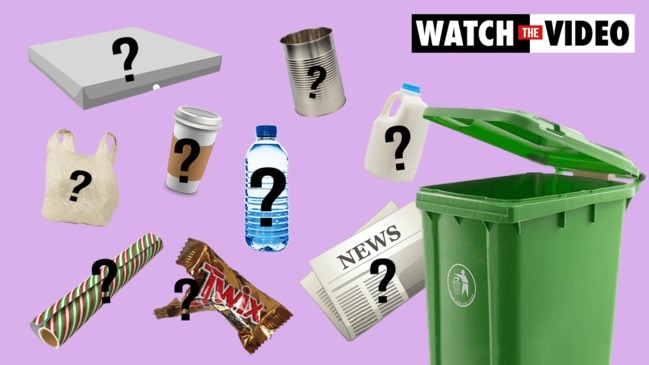
Australians’ love for UberEats and other home delivered takeaway food during the coronavirus pandemic appears to have wrecked havoc on the nation’s bins.
Lockdowns have fuelled a significant increase in household waste, with people’s changed eating habits in particular causing headaches for council recycling services.
The popularity of food delivery services surged during the pandemic, with 26.5 per cent of Australians saying they had ordered a home delivered meal last year, Roy Morgan research found.
But the habit generates a considerable amount of waste and also looks to be contaminating people’s recycling bins.
Deakin University waste management expert Dr Trevor Thornton conducts audits for many councils in Melbourne and said he had seen contamination rates double in some areas.
“Contamination rates were on average about 10-15 per cent before the pandemic, now they’re quite high — up to 30 per cent and in some councils it’s even higher,” he told news.com.au.
“It has gone up considerably because of Covid.”
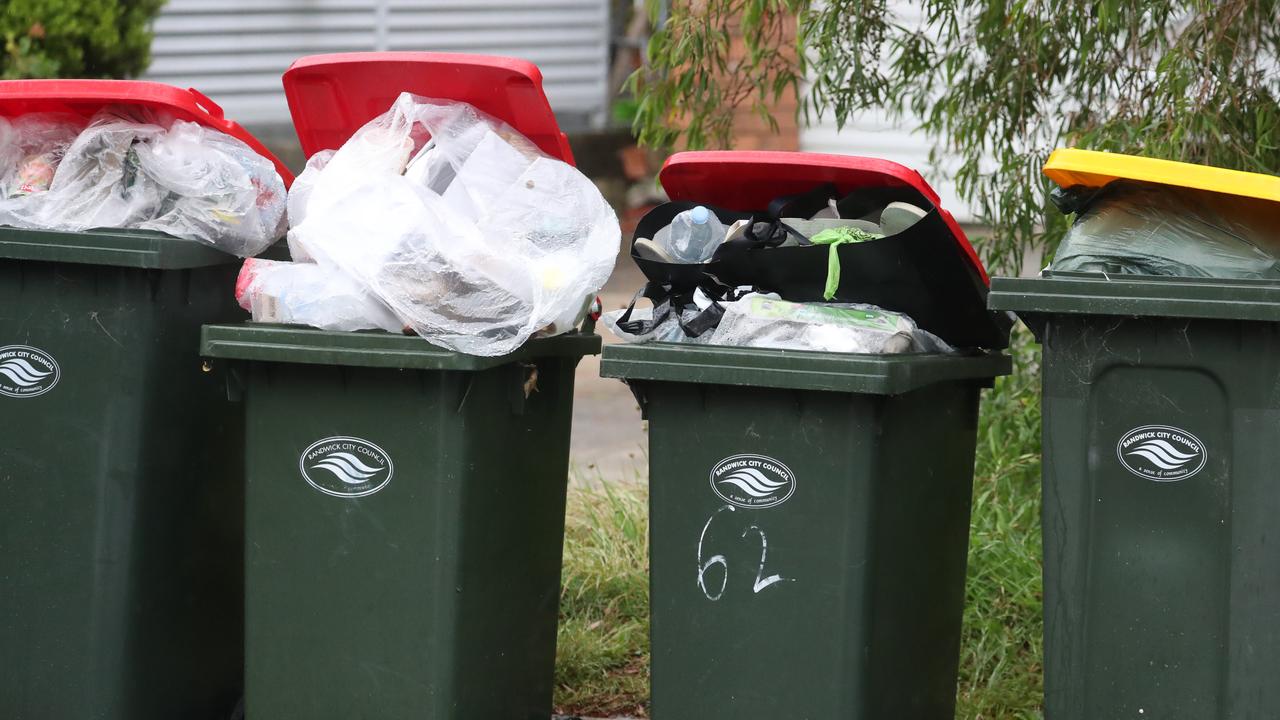
Contamination in recycling can significantly impact how much material in yellow bins is actually recycled. If liquids or food are placed in these bins they could see everything in the bin being sent to landfill instead.
People’s zeal for clean-outs during the pandemic, increased time spent at home with kids, as well as enthusiasm for home delivery and takeaway, may all have contributed to the issue.
The disposal of medical waste has also been problematic.
Cleanaway, which looks after recycling for about 80 councils across Australia, said it had noticed a significant spike in disposal of medical waste in kerbside recycling bins when medical clinics were closed or operating with limited capacity.
“Although the presence of some items including medical sharps has reduced significantly with the full reopening of local medical services, we continue to see food waste and packaging and personal protective equipment,” a spokesman said.
National Waste Recycling Industry Council (NWRIC) chief executive officer Rose Read said contamination appears to have increased mainly in areas that experienced long lockdowns.
This could also have a knock-on effect for ratepayers if recycling companies charged councils fees for the higher amount of material being sent to landfill.
“The landfill fee may be passed on to council,” she said.
Takeaway food containers a big part of the problem
Part of the problem appears to be related to a large increase in takeaway food orders.
While some of the plastic containers commonly used by restaurants are able to be recycled, they can cause issues if people don’t bother to empty and rinse them before they put them in the yellow bin.
This means food can potentially leak onto paper and cardboard that is also in the bin and make it unrecyclable.
“If something is in the yellow bin that shouldn't be there, it can contaminate the whole bin,” a Cleanway spokesman told news.com.au.
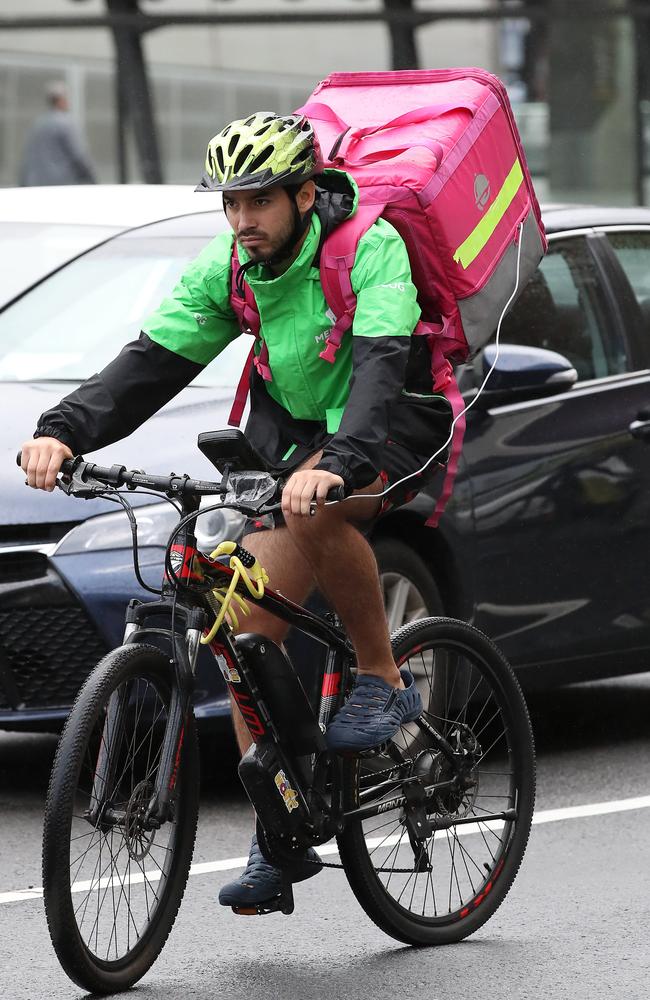
It’s possible this could impact other items in the truck as well.
Empty drink containers should also be emptied of liquid and have their lids removed before they are put them in the yellow bin.
Cleanaway, which processes about 30 per cent of Victoria’s kerbside recycling, said other common contaminants included items placed in plastic bags, electronic waste, food waste and textiles.
A City of Sydney spokeswoman said recycling coming from apartment blocks was more likely to be contaminated than material collected from houses. In the council’s last audit in 2019, just over 12 per cent of recycling from houses was contaminated, compared to over 18 per cent from apartment blocks.
“Common mistakes are putting recycling in plastic bags or disposing of containers which are still full of liquid or food,” she said.
She said about 85 per cent of the items placed in City of Sydney recycling bins were correct and could be recycled.
Spike in household recycling
The pandemic has seen a large increase in recycling coming from households in some areas, making it even more important for people to pay attention to what’s going in their bins.
“We collected, on average, 29 per cent more co-mingled recycling in July, August and September of this year than during the same period in 2019,” a City of Sydney spokeswoman said.
She said this was likely a reflection of the increased time people were spending at home but other factors may also have contribued, like the closure of Reverse Vending Machines, which pay people for depositing used drink containers.
The shutdown of these machines also mean companies have less access to high quality uncontaminated glass and plastic — something that has become even more precious after China brought in tough new contamination standards in 2018 for the recycling materials it would accept.
Up until that point, much of Australia’s recycling was shipped overseas for processing.
The crackdown had a significant impact on Australia’s recycling industry, leading to some companies like SKM going into liquidation with hazardous stockpiles of recycling — some of which went up in flames — that it was unable to sell. Its collapse also left more than 30 Victorian councils without a kerbside recycling service, with many forced to send the material to landfill instead.
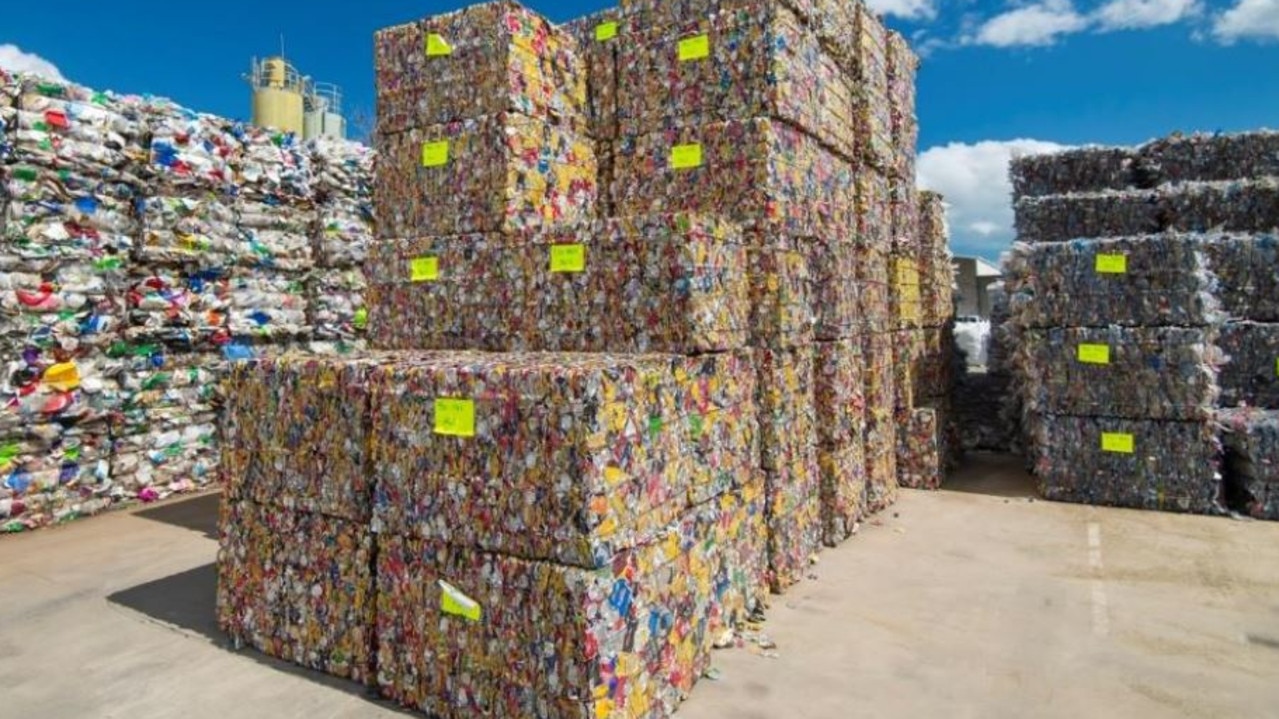
Still unclear how much of Australia’s recycling is recycled
Four years after the crisis, it’s still unclear how much of the recycling collected from households is actually recycled.
Cleanaway said all of the recyclables processed at its material recovery facilities — which includes a facility at Laverton North where material is sorted, inspected, compressed into bales and packed for transport — was sold either in Australia or overseas to be manufactured into new items such as food packaging and industrial products.
The City of Sydney spokeswoman said Visy Recycling processed its recycling and council had been advised this was “mostly recycled within their facilities”. Inquiries to Visy from news.com.au did not receive a response.
The most recent National Waste Report, released last year and covering the period 2018/19, estimated the recycling rate in Australia was about 60 per cent.
But Dr Thornton said this only reflected the amount of material being collected and potentially saved from landfill.
“It actually does not mean that all of this 60 per cent ended up being used (made into other products) — some could have ended up in landfill,” he said.
For example, Dr Thornton said some of the material sent overseas for recycling would have been contaminated and this would have gone to landfill.
He has estimated contamination of household recycling in Australia ranged from between 15 to 30 per cent, with this material being sent to landfill rather than recycled.

Recycled materials being sent interstate
Waste Management and Resource Recovery Association Australia chief executive officer Gayle Sloan said putting restrictions on the sale of certain plastics that were not easily recycled, as well as increasing demand for recycled material would help to improve recycling rates.
She said states were also cracking down on single-use items.
In the meantime Australia is building up its recycling industry with investments in new facilities such as a plastics recycling facility in Albury-Wodonga, and other initiatives.
This has seen the amount of recycling Australia sends overseas fall to 3.88 megatonnes in 2019/20, compared to 4.58 Mt in 2013/14.
In 2019, the Council of Australian Governments announced it would gradually ban certain products from being sent overseas including plastic, paper, glass and tyres unless they had already been processed into a value-added material. Implementation of this is expected to be complete by next year.
While less recycling is being sent overseas, some companies are now sending this material to other states for processing.
“Mixed plastics are moving long distances to places like Victoria or South Australia due to limited demand in NSW,” Waste Contractors and Recyclers Association of NSW executive director Tony Khoury told news.com.au.
“It can vary from month to month,” he said. “Supply is a constant but the demand is not a constant.”
National Waste Recycling Industry Council chief executive officer Rose Read said certain volumes of material were required for recycling facilities to be economical, which is why materials were being shipped across state borders.
“It’s about what’s efficient,” she said, adding that facilities could not be sustained in multiple locations.
charis.chang@news.com.au | @charischang2




